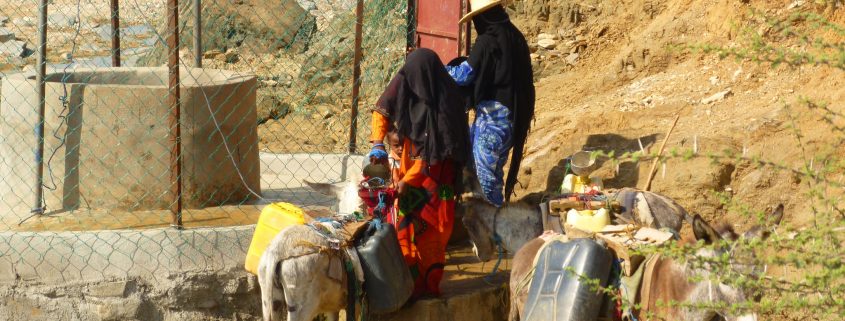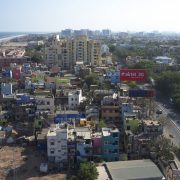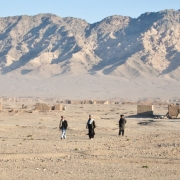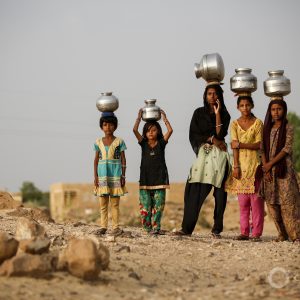HotSpots H2O, February 26: Spotlight on Yemen’s Ongoing Import Blockade
The Rundown
In early November 2017, Saudi Arabia placed a crippling import blockade on war-torn Yemen. For several weeks the blockade halted food and fuel from entering the country. At the height of the blockade, fuel for pumping water ran out in nine cities, leaving 2.5 million Yemenis without access to clean water.
In mid-December, Saudi Arabia agreed to allow commercial imports at two key ports, Al Hudaydah and Salif. The ports remain open but the future of the blockade is uncertain. Yemen also grapples with a variety of additional problems, including severe food insecurity and the worst cholera epidemic on record.
“Increased resources and efforts that will bring more aid to Yemeni civilians are welcome. But if the Saudi-led coalition really wants to relieve the suffering in Yemen, it should completely lift the blockade on commercial imports, including fuel, that is crippling the country.” –Jan Egeland, Secretary General of the Norwegian Refugee Council, in reference to Yemen’s ongoing import blockade. In January, Saudi Arabia pledged to give Yemen $1.5 billion in aid, while continuing to block commercial imports at many of Yemen’s key ports.
By The Numbers
17.8 million Number of Yemenis who are in need of humanitarian aid, out of a population of 28 million.
15 million Number of Yemenis who are facing acute food insecurity, according to the Famine Early Warning Systems Network.
16 million Number of people who have been reached through a nationwide, house-to-house cholera prevention campaign. Roughly one million cholera cases have been reported in Yemen over the past year and a half, although the number of new infections has slowed.
100+ Number of times that Saudi aircraft bombed water and electrical infrastructure since Yemen’s civil war began in 2015, according to the Yemen Data Project. Damage to water and sanitation infrastructure played a large role in the spread of cholera.
On The Radar
In recent weeks, violence has flared in Yemen’s Al Hudaydah and Taizz governorates. The hostilities displaced nearly 100,000 people. Many of the displaced Yemenis are staying with friends and family, but others are trapped inside homes and caves without basic amenities. In addition to affecting civilians, an increase in fighting could affect the country’s fragile blockade. Every 30 days, Saudi Arabia reevaluates whether to leave Al Hudaydah and Salif ports open. If these crucial Red Sea ports closed, Yemen’s access to food, fuel, water, and life-saving medicine would be jeopardized again.
In context:
Conflict Pushes Yemen to Brink of Famine (Circle of Blue)
Clean Water Runs Out and Yemen Hovers on Edge of Another Epidemic (Circle of Blue)
Resources and Further Reading
85,000 people displaced in 10 weeks as hostilities rage across Yemen (UNHCR)
Making a Difference: Delivering Services for Yemeni People During Conflict (Relief Web)
Saudi aid package to Yemen insufficient unless blockade ends (Relief Web)
Saudi-led coalition to give $1.5 billion in Yemen aid, expand port capacity (Reuters)
The War in Yemen and the Making of a Chaos State (The Atlantic)
Yemen Food Security Alert (FEWS NET)
Yemen: Humanitarian Snapshot – Food Security (OCHA)
Your Questions About Yemen’s Humanitarian Crisis, Answered (Bloomberg)
Kayla Ritter is a recent graduate of Michigan State University, where she studied International Relations and Teaching English to Speakers of Other Languages. She is currently based in Manton, Michigan. Kayla enjoys running, writing, and traveling. Contact Kayla Ritter











